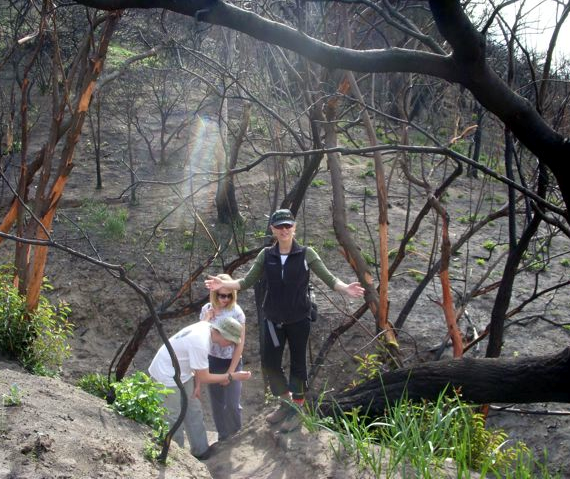we may be burned, but we’re not broken. Just Watch us bounce back.
November 15, 2018. By Cassy Aoyagi: As LA and California mourn the loss of lives, property and the bold beauty of our wild spaces, nature is charting her recovery. Here’s what to expect between the Woolsey Fire and the start of 2019.
January 2025 Notice: This article is designed to provide long-term guidance.
If you are navigating loss, consider waiting to read it.
If you have been asked to evacuate, Get Set and Go!
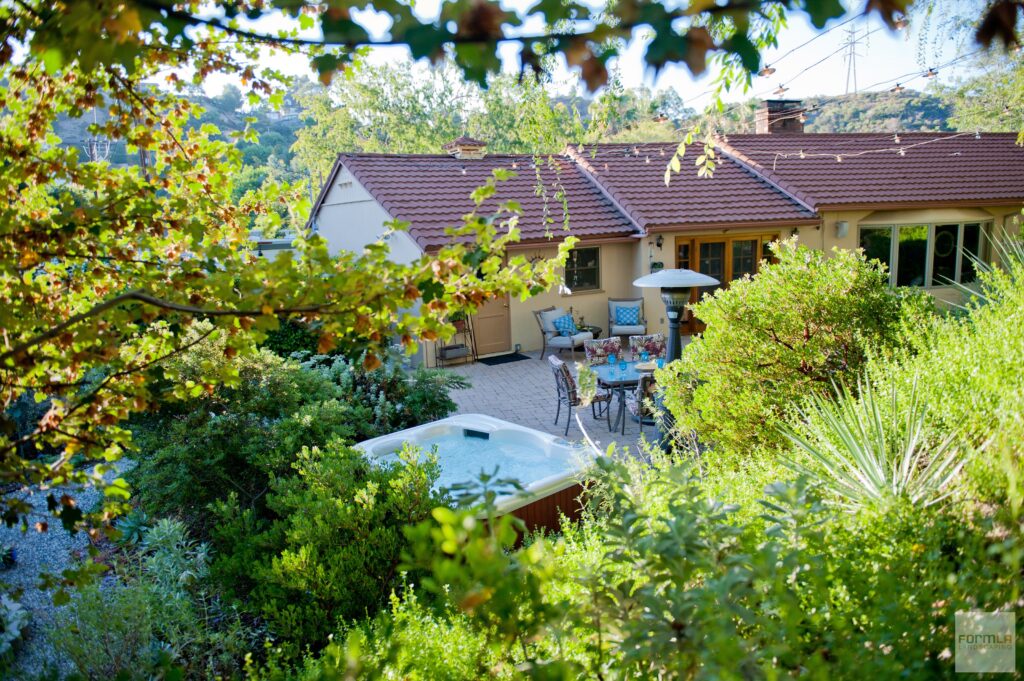
Now: Invisible Slope-Saving Native Foliage
Despite plants having burned to the ground, native root systems are likely still intact and potentially substantial. These root systems can be more than 30 feet deep and can hold the structure of a slope together, even when they are no longer visible above the soil. Some of the most common and valuable plants with a network of slope-protecting roots are Dwarf Coyote Bush (pictured here), Chamise, Mountain Mahogany, and Sumac. (See more fire wise and slope saving foliage on Pinterest).
Our fire events are inevitably followed with the sinking dread of floods and slides. Fear can propel us to take actions that are actually detrimental to slope recovery. In effect, these deep rooted California natives can provide us with the protected space we need to reconnect with loved ones, if we leave them to rest and recover.
1-2 Weeks: Fire-Following Flowers
The post-fire season is an opportunity to delight in new wonders! Unfamiliar, native wildflowers, such as Fire Poppies, will arise naturally after a fire. Some of these beneficial wildflowers emerge because the environment has changed, offering more sunlight or water. Some emerge due to scarification, a fancy way to say that they’ve been scratched up a bit.
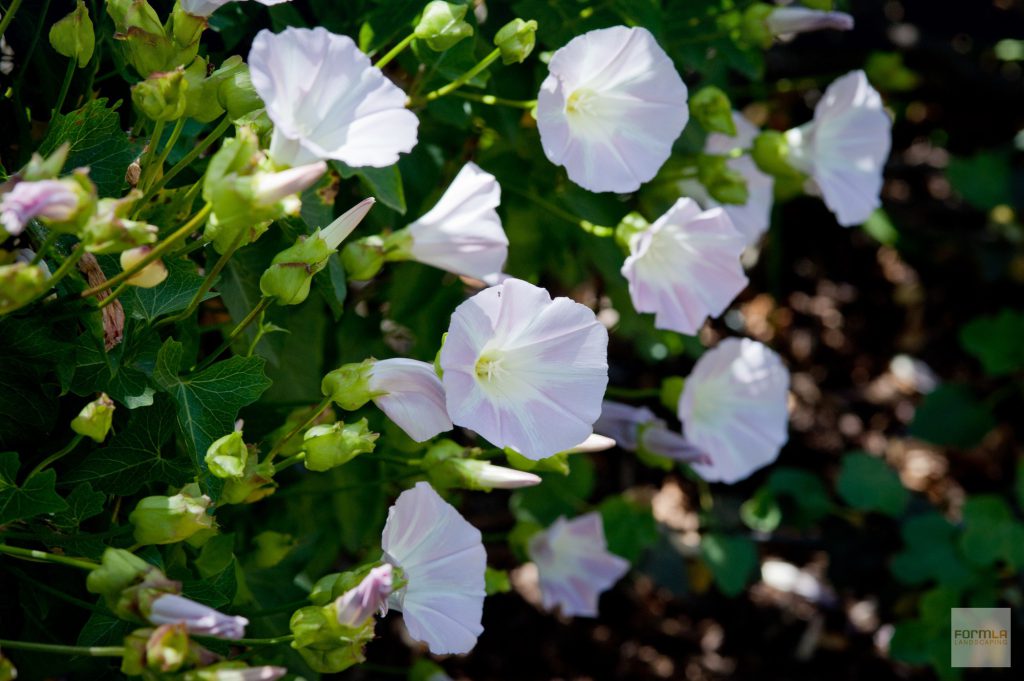
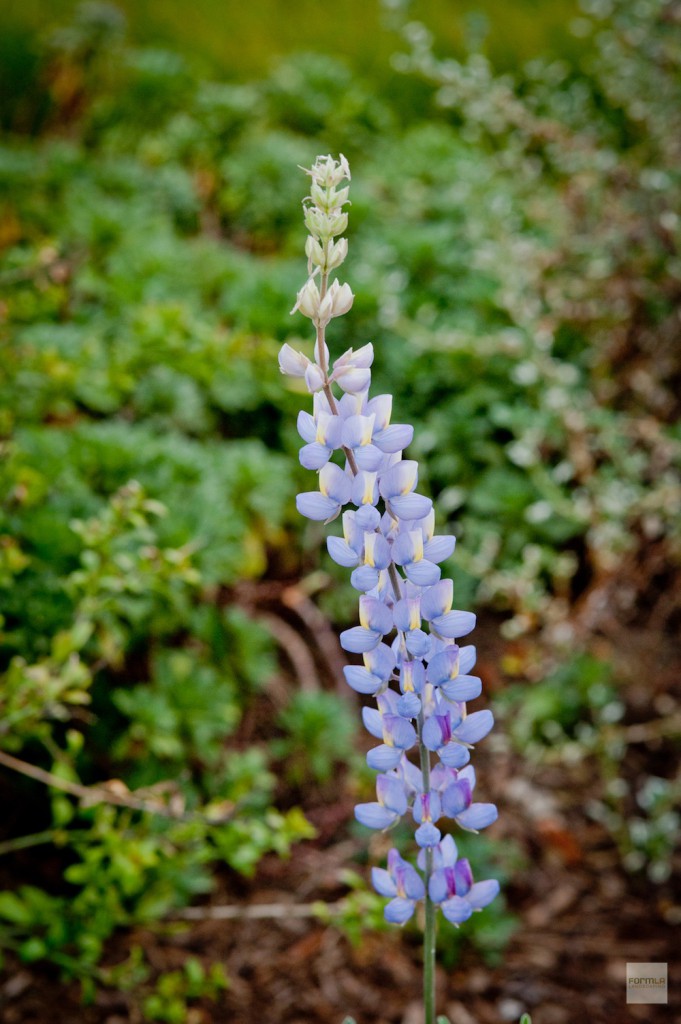
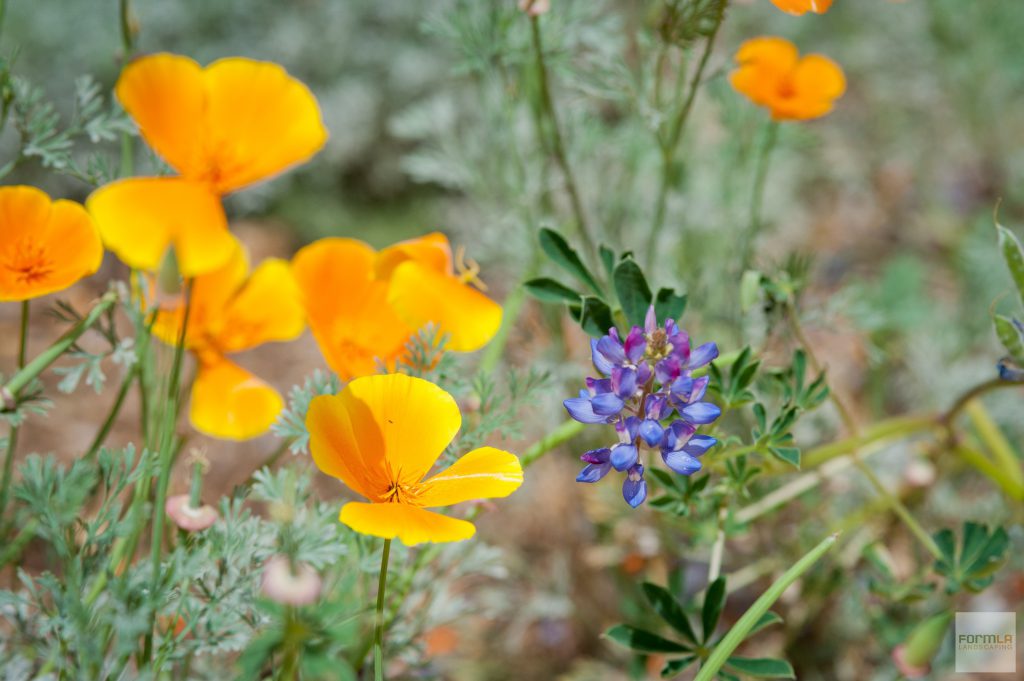
We can choose to let these new wonders lift our hearts. They can serve as a reminder of our ability to experience joy and delight, even in the darkest of places and times. Perennial favorites, including Lupine and Rosa Californica, will join them in abundance. If we intend to stay blue, they’ll make us work for it.
3-6 Weeks: Sprouting, Growth and Rejuvenation
When looking at the charred trunks, branches and stumps left after a fire, it is easy to believe they have experienced a fatal blow. Don’t put dirt on their gaves just yet. Sequoia, manzanita, sumac among others, will immediately and aggressively sprout following the first rains. These sprouts will create habitat for birds, lizards, rabbits, coyote, cougars, and insects returning homes.
While our ecosystems appear destroyed after expansive fires, great value exists on a burnt slope. Let’s heal our hearts, then use this moment to take smart action to restore and rewind slopes to prevent erosion, as well as future fires. Now is time.
